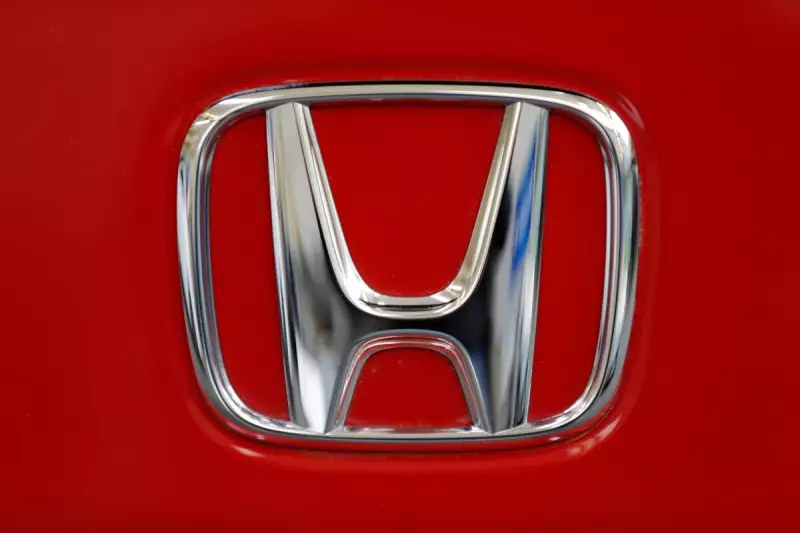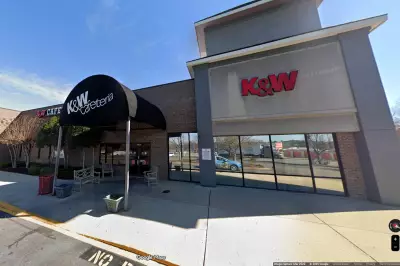
US safety watchdogs have launched a major investigation into potential engine failures affecting a staggering 1.7 million Honda and Acura vehicles, sparking serious concerns over driver safety.
The National Highway Traffic Safety Administration (NHTSA) has initiated the probe following a slew of consumer complaints and detailed technical analysis pointing to a critical manufacturing defect.
The Core of the Problem
At the heart of the investigation is a serious fault within the engine's crankshaft. The issue is believed to stem from a specific manufacturing error where the connecting rod bolts, crucial components for engine stability, may have been improperly torqued during assembly.
This imprecise installation can lead to premature wear and damage, ultimately causing the connecting rod to fail. The consequence? A sudden and catastrophic engine seizure while the vehicle is in motion, dramatically increasing the risk of a crash.
A Widespread Issue
The investigation casts a wide net, encompassing popular and powerful models from both the Honda and Acura lineups. Affected vehicles are primarily from the 2018-2023 model years and are equipped with the brands' robust 2.0-litre turbocharged K20C engines.
This includes a range of high-performance cars known for their reliability, such as:
- Honda Accord
- Honda Civic Type R
- Acura TLX
- Acura RDX
Mounting Evidence and Consumer Impact
The NHTSA's Office of Defects Investigation (ODI) has already identified 221 consumer complaints directly related to this defect. The reports are alarming, with 207 incidents involving complete engine failure.
Perhaps more disturbingly, the majority of these failures—over 75%—occurred while the vehicle was being driven normally. Drivers have reported terrifying experiences of their cars suddenly losing power and stalling without any prior warning, leaving them stranded and vulnerable on busy roads.
Despite the severity of the problem, Honda has not yet issued a formal recall. The manufacturer has acknowledged the issue internally, linking it to a specific production period at its Anna, Ohio engine plant. The NHTSA's investigation will now determine the full scope of the defect and whether a mandatory recall is necessary to ensure public safety.





